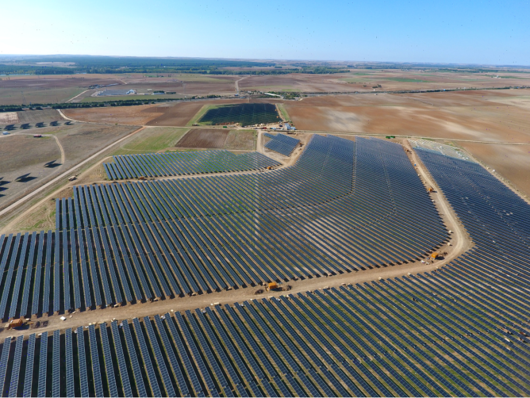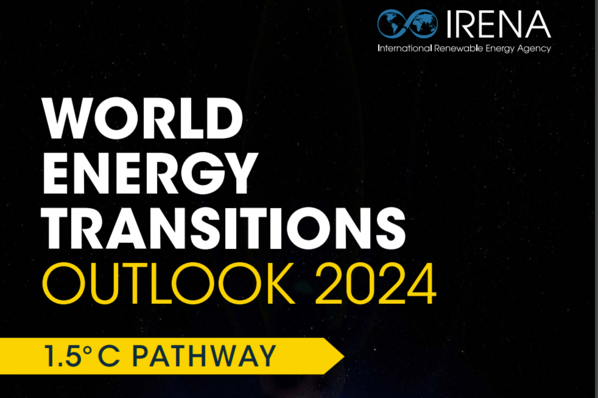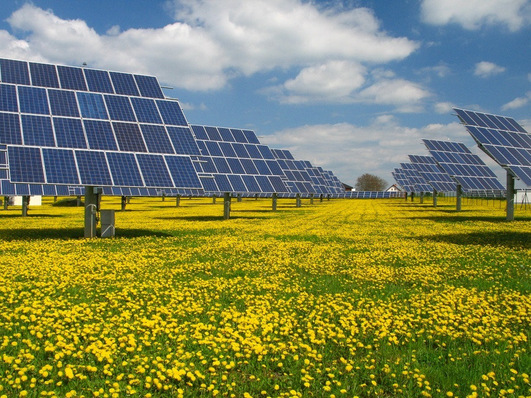90% of this investment volume – €68 billion – will be organic and will be aimed at consolidating its business model, based on more renewable energy, more networks, more storage and more intelligent solutions for its customers. The rest, €7 billion euros, corresponds to the recently announced acquisition of American company PNM Resources. This unprecedented rate of expenditure will represent an average investment of €10 billion per year between 2020 and 2022, and €13 billion per year in the period 2023-2025.
Iberdrola's investment strategy -together with its efficiency policy- will continue to deliver profitable growth during the period, while maintaining its financial strength and shareholder remuneration. The group expects to obtain a gross operating profit (EBITDA) of €15 billion by 2025, which means an increase of €5 billion from 2019, with average annual growth of 7%. Net profit would amount to €5 billion, after growing annually by between 6% and 7% during the period.
Long term sustainable growth
Iberdrola’s investment programme for the next six years, the largest by a Spanish company, will contribute to boosting the industrial fabric and job creation in the countries where the group operates.
During the presentation of the plan for 2020-2025, Ignacio Galán, the Chairman of Iberdrola, explained that "after 20 years of anticipating the energy transition, our business model positions us as a key agent in the transformation of the industrial fabric. With our experience, our engagement with society and our financial strength we are advancing a model for long-term sustainable economic growth capable of meeting the current challenges of society."
Did you miss that? Ingeteam chosen by Iberdrola to supply its largest battery storage system
Iberdrola will maintain the social market economy and the United Nations' Agenda 2030 as the cornerstones of its activity. Investments and procurement of goods and services from its more than 22,000 suppliers will contribute to sustaining up to 500,000 jobs worldwide by 2025. Also, nearly 20,000 new recruits will join the group during the period (10,000 recruits and 30,000 jobs created by 2022).
Half of the organic investments to renewables, mainly in Spain, UK and USA
Iberdrola's historic investment plan for the 2020-2025 period will be mainly aimed at renewables - representing more than half (51%) of organic investments, some €34.68 billion - and networks, which will account for 40%, approximately €27.2 billion. The customer area will receive 9%.
Investments are focused on countries with climate ambitions and an A rating. Investments amounting to €14.35 billion will be allocated to Spain, representing a 60% increase over the previous plan and 21% of the group's total. In this market, more than €7 billion will go to renewables and more than €4.5 billion to networks.
The United States and the United Kingdom, for their part, account for €34 billion investment, 50% of the total. Other international areas are also being prioritized, with investments of more than €11 billion. 83% of total investment is aimed at countries with an A rating, in line with the company's strategy of investing in this type of market.
60 GW installed renewable capacity by 2025
Investments in renewables will enable Iberdrola to reach 60 gigawatts (GW) installed capacity in 2025, after hitting 44 GW in 2022. This will mean doubling current capacity while giving a major boost to offshore wind technology, with 4 GW at the end of the period. Offshore wind provides 5 times the EBITDA/MW compared to solar photovoltaic and 3 times that of onshore wind. The plan will also allow Iberdrola to grow in solar photovoltaic, with a forecast of 16 GW installed at the end of the period, and to reinforce its leadership in onshore wind and hydroelectric, with 26 GW and 14 GW installed in 2025, respectively.
To deliver this plan, Iberdrola starts from a unique position, with one of the largest renewable energy project pipelines in the industry; a total of 70.5 GW distributed over its traditional areas (reinforced this year with new markets such as Australia, Japan and Sweden) and key technologies: 30.7 GW being photovoltaic; 20.2 GW offshore wind and 16.3 GW onshore wind. Currently, the company advances installation of 7 GW and would have up to 11 GW under construction in 2025.
More investment in smart grids
Energy networks continue to be considered by the group as a key factor in the electrification of the economy and the reinvigoration of the territories. Thus, together with renewables, Iberdrola's model and strategy will continue to give weight to regulated assets. The company will allocate 40% of its organic investments to networks (€27 billion), bringing the group's regulated asset base to €47 billion euros by 2025, 1.5 times its current value. This figure includes investments in transmission, which will reach €4 billion.
Iberdrola will continue to digitise its networks as a key element of smart grids that will ensure the massive incorporation of renewables. By the end of the period, Iberdrola will have installed more than 21 million smart meters and 83% of its assets will be in countries with an A rating.
Electrification of energy uses – green hydrogen strategic vector
The progressive electrification of energy uses will allow Iberdrola to increase its customer base. By the end of 2025, the company will have 60 million supply contracts worldwide. The company will offer intelligent and innovative solutions both to residential (energy storage and heat pump, self-consumption and electric mobility) and industrial customers.
Green hydrogen is becoming a strategic vector for industry. In line with European recovery programmes, the company plans to install 600 MW by 2025 (800 MW by 2027, together with Fertiberia) and produce 15,000 tons of renewable hydrogen. The first projects in Spain will be completed with more initiatives in other countries, leading the development of a supply chain to support the implementation of new electrolyzer manufacturers while promoting alliances with other industrial groups.
95 GW installed renewable capacity by 2030
In the presentation of the operational and financial outlook for the period 2000-2025 and, in line with the climate objectives in its key markets, the company has a ten-year horizon to 2030 by which it would increase its installed renewable capacity to 95 GW - multiplying its current onshore and solar wind capacity by 2.5 and offshore by 4.5 - and its regulated assets to €60 billion at the end of this period, with its client base growing to 70 million contracts and green hydrogen production to 85,000 tons.
Environmental and social targets in a changing global environment
Over the past 20 years, Iberdrola has gone from being a local utility to becoming a global clean energy leader, with a fourfold increase in renewable capacity, growing EBITDA five times, net profit four times and a six-fold increase in market capitalization while reducing all along its CO2 emissions by 75%, closing its coal plants and multiplying by three its shareholder remuneration. All of this was accompanied by an in-depth process of geographical diversification and strengthening of balance sheet.
Did you miss that? Decarbonization of the oil industry, is that even possible?
Thus, Iberdrola is in a unique position to tackle the global energy revolution, focusing on countries with ambitious climate and energy targets – this is the case of Europe as a whole, Brazil, the United States, Australia and Japan – and solid commitments to reducing emissions in the medium and long term, which will involve the commissioning of new renewable capacity, supported by more intelligent networks and backed up by storage systems.
Carbon neutral company by 2030
In this context, by 2025, the company will continue to strengthen its environmental, social and governance (ESG) pillars. With CO2/kWh emissions already two thirds lower than the European average, the investment strategy in clean energy and networks will lead Iberdrola to become a "carbon neutral" company in Europe by 2030 and to reduce its global CO2 emissions by 86%, to 50g/kWh, by the end of the decade (70g/kWh by the end of 2025). As an additional contribution, the company will plant 20 million trees by 2030 (8 million trees until 2025). (hcn)







